Benefits of Planting Fruits and Vegetables at Home
Gardens provide a lot of benefits besides making your home look livelier. They provide a breath of fresh air to your surroundings, add beauty to your place, and can even provide you with healthy fruits and vegetables, depending on which ones you want to cultivate.
Here, we’ll list out some of the best fruits and vegetables you can grow right outside your home. These are healthy, delicious, and garden-friendly crops that will definitely help you appreciate their growing process and numerous benefits.
Benefits of Planting Fruits and Vegetables
There are a lot of benefits that fruits and vegetables provide for us. It just takes some time and effort to grow and manage them, but all the advantages are surely worthwhile. Here are a few benefits to ponder about when starting out:
1. Growing what you Eat
Knowing full well how you cultivated your own fruits and vegetables makes you appreciate the food you eat. This also gives you the assurance of how they were grown and what type of environment helped nurture your plants. You can also save money when the vegetables you need are right outside your lawn.
2. Appreciation for the Food
If you have a family, it’s best to help them understand the concept of how fruits and vegetables are grown. This gives children and adults alike the opportunity to appreciate nature more and the nutritious produce we get from them. Also, growing your own food increases the chances of getting kids to eat what they helped cultivate themselves.
3. Home-grown Food is Healthier
There are a lot of uncertainties when it comes to buying fruits and vegetables at the grocery. Which ones are healthier? Why is one cheaper than the other? How sure is 100% organic? All of these come to mind whenever we encounter the produce section.
Growing your own fruit and vegetable patch gives you the assurance of knowing everything that helped grow the produce. You control every nutrient that goes in your plants and every type of fertilizer you allow your plants to get. When you regularly take care of your patch, you are assured a 100% organic produce that is undoubtedly healthier and rewarding for you.
4. Connects People
Gardening can be as much a solitary hobby as it can be a community effort. When there is a collective effort to grow their own fruits and vegetables, it helps create connections with friends, families, teachers and students, and local townspeople who want to get closer through community events. Besides the fact that the plants can provide food, it also creates opportunities to help get people closer.
5. Help the Environment
By small ways, gardening also helps the environment grow. Besides providing you with nutritious fruits and vegetables, you greatly help the environment when you start up your own garden patch. Adding a touch of green space livens up an area and lightens it up as it helps dissipate heat and bring in cool air. You can add shade to your place and let cool breeze flow with an apple tree. You can also reduce fertilizer use by using fruit peels from your produce.
Best Vegetables to Grow
Broccoli
Nutritious and high in Vitamins A, B6, C, Iron, Magnesium, and Calcium, the Broccoli is definitely one plant that should be added to your growing garden.
You may opt to plant one per pot with about 15 to 20 inches of soil depth to assure proper growth of the vegetable. If in a larger garden, space the plants about 24 inches apart from each other. Water regularly about 2 inches per week.
Heads can grow as fast as about 2 months from planting. It can sprout several heads but the crown will be ready for picking in about 3 months. After cutting it off, side shoots will develop, generating its own heads for picking in a few weeks’ time.
Spinach
Also a very nutritious vegetable, Spinach is packed with nutrients such as Vitamin A, B, C, Iron, and Calcium. Because of its health benefits and versatility as a cooking ingredient, it is greatly recommended to have one in your garden.
The vegetable is very cold-hardy and can survive in spring, fall, or winter. Make sure the soil is in full sun and is well-drained. You can plant the seeds in rows and have them grow alongside. But it is recommended to thin them regularly when they reach about 2 inches.
From seeds to harvesting, about 2 months of time is recommended. However, you may start harvesting spinach upon reaching your desired size. You may pick up the whole plant for consumption or just certain leaves to let others grow more. Don’t wait too long as bitterness sets in when approaching maturity.
Garlic
Delicious and healthy, this flavorful vegetable has large amounts of Vitamin B6, C, Manganese, and Selenium, among others. Because of its flavor-adding qualities and health benefits, this bulb is definitely fit for a pocket garden.
Garlic is an easy to grow and frost-tolerant plant. It can be planted in spring but is most recommended during fall. Find a spot with full sun and well-draining soil. Plant cloves (with husk intact) about 5 inches apart and 3 inches deep with the upper part facing up and rooted part downward.
Weed out regularly and cut off flowers which may hamper bulb growth. About 2 months is the recommended growth before harvesting. Look for the top of the plant, if it begins to yellow and wilt, then it may be time to harvest. Carefully pick up with a spade, brush off dirt, and then let out to dry for about 2 weeks.
Best Fruits to Grow
Apple
Trees take years to grow but are usually good investments. Besides the fruits they routinely provide, the shade and breeze it provides are beneficial as well. Packed with Vitamin B6, C, Calcium, Potassium, Phosphorus, and phytochemicals, it suits the adage of an apple a day keeps the doctor away.
Ideally, apple trees are best planted with another one beside for cross-pollination. Buy potted small apple trees and acclimate them to your garden, exposing them to the elements about 4 hours per day under morning shade and bringing them indoors overnight. Then start bringing them out for longer periods of time still under shade.
After a week or two, preferably under cloudy weather, plant them outside where there is full sun and a well-draining soil. Avoid extremely heavy soil with poor drainage as it will hamper the growth of the tree. Allot 20 feet diameter of space for the growth of the future tree. Keep it away from wires or the house. The other tree should be about 50 feet away.
Raspberries
Delicious and attractive, raspberries contain a lot of nutrients. It has Vitamin B, C, Manganese, Folic Acid, and Iron. Its delicious fruit and flexible size makes raspberries a great addition to your garden.
Raspberries can be bought as bare-root or potted plants. Ideally, plant either one after frost to ensure growth during their early stages. A rich, well-draining soil, away from windy and wet areas, are the best planting spots for the berry.
You may start planting them near fences or at a trellis. Make sure there are no wild berries nearby to avoid gaining pests from them. When the roots start producing shoots, trim some to let the majority grow. Harvesting berries may take place after the second season. Berries ripen at about 2 weeks, after which you may pick them up after a couple of days.
Tomato
Usually called the best garden plant, tomatoes hold a lot of nutrients including Vitamin C, K, Potassium, Folate, and the antioxidant Lycopene. Deliciously healthy and attractive, it will help liven up your yard besides being easy to grow.
When growing seeds, leave them indoors first for about 2 months, making sure frost season will be done by then. When transplanting them outside, till about a foot of soil mixed with fertilizer. Plant seedlings 2 feet apart and with some support to help them remain upright, otherwise, a wide garden that can accommodate sprawling tomatoes is recommended. Remember to water regularly, about 2 inches per week.
When harvesting, leave the fruit on the vine as long as possible. When one falls off, put it in a paper bag and store at a dark place until they ripen. The perfect color for ripeness is red, with a little yellow around the stem regardless of size. The perfect tomato is only slightly soft.
References:
https://www.needforhome.com/ by James Decker
http://telegra.ph/Why-You-Should-Start-Gardening-at-Home-03-12

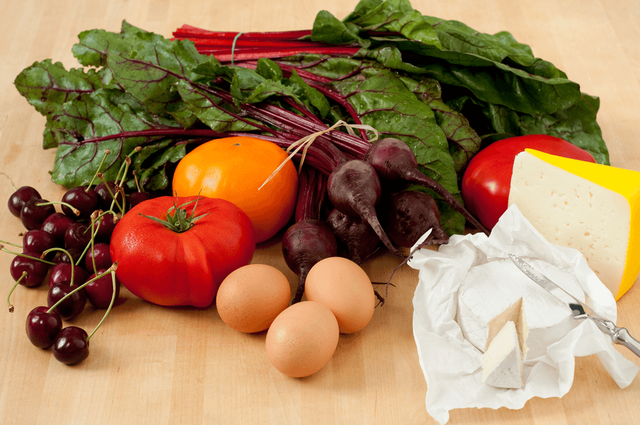

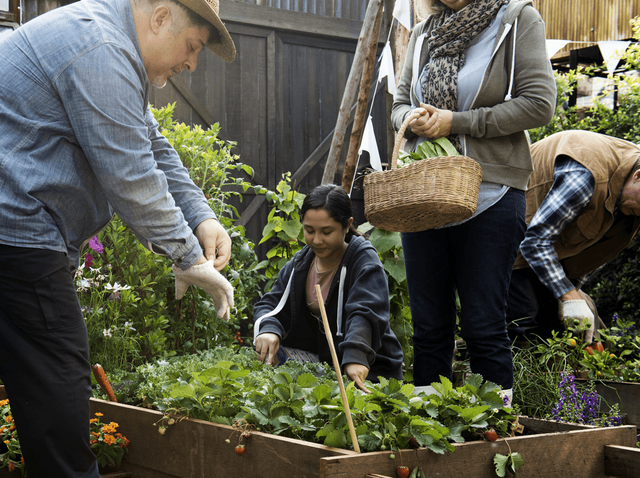
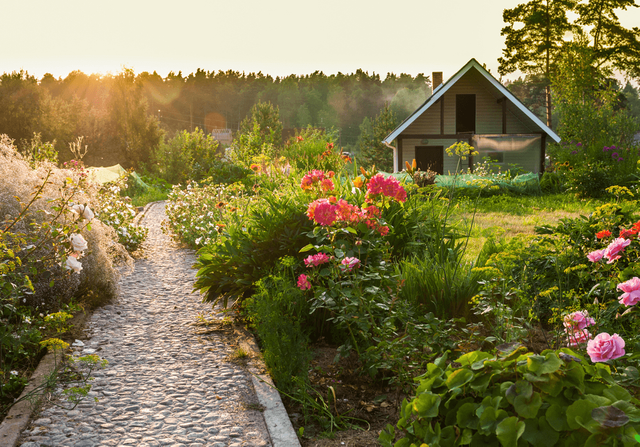

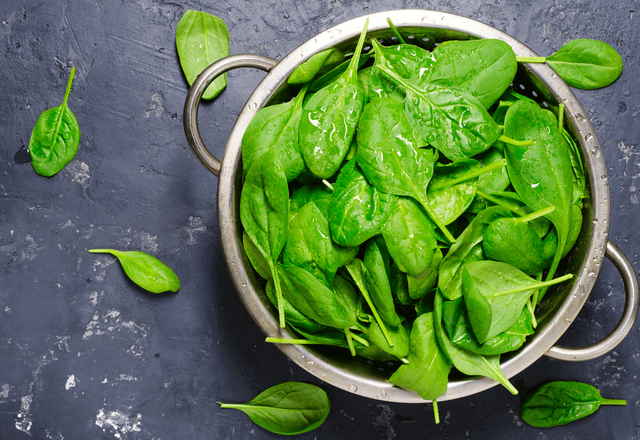

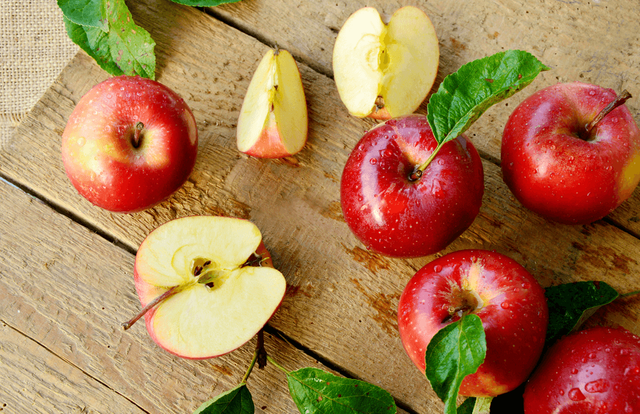


Welcome to Steemit, I'm here to give you a vote on your very first post!
thank you so much, hope you enjoy my post :)
Congratulations @almatyson, you have decided to take the next big step with your first post! The Steem Network Team wishes you a great time among this awesome community.
The proven road to boost your personal success in this amazing Steem Network
Do you already know that awesome content will get great profits by following these simple steps, that have been worked out by experts?